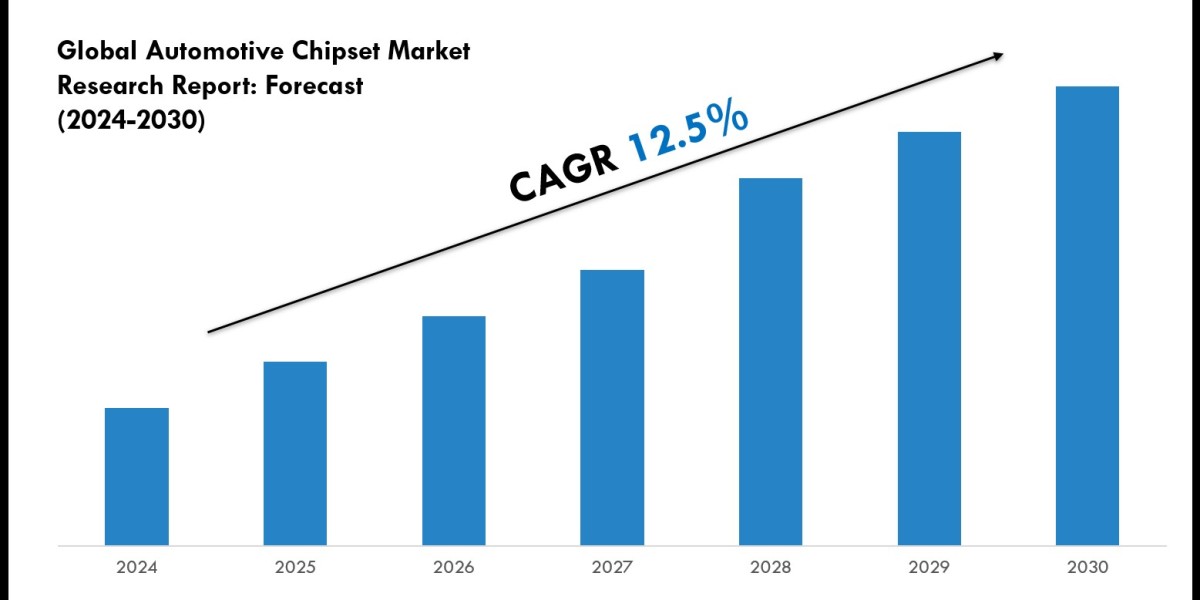The global AI-based climate modelling market is on an exceptional growth trajectory, with market valuation set to skyrocket from USD 344.54 million in 2024 to USD 2,203.68 million by 2034. This remarkable surge reflects a robust compound annual growth rate (CAGR) of 20.4% over the forecast period (2025–2034).
As climate unpredictability escalates and the urgency for actionable insights intensifies, artificial intelligence (AI) is proving indispensable in advancing climate modelling capabilities. AI-based climate modelling leverages machine learning, neural networks, and data analytics to improve the accuracy, speed, and resolution of weather and climate predictions. These technologies are increasingly applied in sectors such as agriculture, disaster management, energy, infrastructure, and policy planning.
Market Overview
AI-based climate modelling is transforming the way scientists, governments, and businesses understand and respond to climate phenomena. Traditional modelling systems, while accurate over long-term projections, often fall short in delivering high-resolution and localized forecasts. AI models complement these systems by ingesting vast datasets—from satellite imagery and oceanic patterns to atmospheric readings and historical data—and delivering faster, more granular insights.
The 20.4% CAGR of this market is primarily driven by heightened global awareness of climate risk, the emergence of advanced AI tools, and increased investments from both private and public sectors in climate resilience. Governments are also incentivizing research into predictive modelling to better manage extreme weather events and their economic fallout.
Key Market Growth Drivers
1. Rising Frequency of Extreme Weather Events
The growing frequency and severity of wildfires, floods, hurricanes, and droughts are catalyzing demand for predictive tools. AI-enhanced modelling enables earlier and more precise warnings, potentially saving lives and reducing economic losses. Industries such as insurance, agriculture, and energy now rely on AI tools to prepare for and mitigate climate risk.
2. Technological Advances in Deep Learning and Big Data
AI advancements—especially in deep learning algorithms, natural language processing, and cloud computing—are enhancing the resolution and predictive power of climate models. NVIDIA Corporation, for instance, is integrating AI-optimized GPUs for faster climate simulations, while Alphabet Inc. is investing in AI-driven sustainability projects through Google DeepMind.
3. Government and Institutional Funding
Initiatives such as the European Union’s Destination Earth program and the U.S. National Climate Assessment are increasingly incorporating AI capabilities. Funding for climate-tech startups and research institutions has surged, fostering collaborations across academic, public, and corporate domains.
4. Corporate Sustainability Mandates
Corporations are under growing pressure to meet environmental, social, and governance (ESG) standards. AI-based climate models support decision-making in carbon reduction strategies, supply chain risk assessments, and climate impact reporting.
Explore The Complete Comprehensive Report Here:
https://www.polarismarketresearch.com/industry-analysis/ai-based-climate-modelling-market
Market Challenges
Despite its promising outlook, the AI-based climate modelling market faces several key challenges:
1. Data Quality and Availability
While AI thrives on data, inconsistencies in global climate datasets—especially in under-monitored regions—hinder model accuracy. Many developing countries lack the sensor networks needed to feed real-time data into AI systems.
2. High Computational Costs
Advanced climate modelling requires high-performance computing (HPC) infrastructure and vast energy resources. The operational costs associated with training deep learning models over massive datasets can be prohibitive for smaller players.
3. Interdisciplinary Skill Gaps
Developing effective AI-based models demands expertise in both climatology and data science. The shortage of professionals who can bridge these disciplines slows innovation and scalability.
4. Ethical and Policy Concerns
AI models must be transparent and explainable, particularly when influencing disaster policy, insurance premiums, or evacuation protocols. Biases in data or algorithms can lead to misinformed decisions with serious consequences.
Regional Analysis
North America
North America dominates the global AI-based climate modelling market, driven by strong government funding, the presence of major technology firms, and active academic research. The U.S. National Oceanic and Atmospheric Administration (NOAA) has collaborated with tech giants like IBM Corporation to deploy AI-enhanced weather forecasting platforms.
Europe
Europe is a close second, with strong emphasis on climate change mitigation and sustainability. Programs like Copernicus and Destination Earth are integrating AI to simulate climate scenarios and support the European Green Deal. The UK-based non-profit Open Climate Fix is also making strides in real-time solar forecasting through AI.
Asia-Pacific
The Asia-Pacific region is emerging as a fast-growing market, propelled by its vulnerability to climate risks such as typhoons and rising sea levels. Countries like China, India, and Japan are heavily investing in AI and satellite monitoring systems. Microsoft Corporation has extended its AI for Earth initiative to several APAC countries, supporting startups and research hubs.
Latin America and the Middle East & Africa
While still nascent, these regions are increasingly exploring AI climate modelling in agriculture and water resource management. Partnerships with global climate tech firms are expanding capabilities and improving climate resilience in rural areas.
Competitive Landscape
The AI-based climate modelling market is characterized by a mix of tech giants, innovative startups, and research-focused organizations. Strategic collaborations, cloud-based services, and real-time analytics are central to maintaining competitive advantage.
Key Companies:
AccuWeather, Inc. – Offers AI-powered weather prediction solutions tailored to enterprises, agriculture, and media outlets.
Alphabet Inc. – Through DeepMind and Google Earth Engine, Alphabet is developing high-resolution climate forecasts and sustainability models.
Atmo Inc. – Specializes in AI-driven weather intelligence platforms for disaster prevention and economic planning.
Atmos Climate – Focused on climate modelling for real estate, insurance, and agriculture.
ClimateAi – A leader in climate risk analytics for agriculture, supply chains, and infrastructure.
IBM Corporation – Integrates The Weather Company’s datasets with Watson AI to deliver hyper-local forecasts.
Jupiter – Offers advanced climate analytics platforms, particularly for financial and insurance sectors.
LUNARTECH – An emerging player focusing on AI-based modelling of atmospheric and oceanic phenomena.
Microsoft Corporation – Through its AI for Earth program, Microsoft funds global efforts to develop sustainable AI solutions.
NVIDIA Corporation – Provides hardware acceleration and AI frameworks for climate modelling simulations.
Open Climate Fix – A non-profit developing open-source AI models focused on reducing greenhouse gas emissions.
Future Outlook
The AI-based climate modelling market is poised to become a linchpin of global climate resilience strategies. As models become more precise and actionable, they will empower better decision-making across every climate-sensitive sector—from insurance and agriculture to city planning and disaster management.
Innovations such as AI-powered digital twins of Earth, quantum computing for climate forecasting, and edge AI for remote sensor data are on the horizon. With supportive policies, technological breakthroughs, and cross-sector collaboration, AI-based climate modelling will play a central role in humanity’s response to climate change.
Conclusion
The AI-based climate modelling market is set for unprecedented expansion, growing more than six-fold over the next decade. With accelerating demand for accurate, real-time climate insights and robust computational tools, stakeholders across the globe are turning to AI to manage the planet’s most pressing crisis. While challenges remain—particularly around data infrastructure and cost—ongoing innovations and collaborations are steadily unlocking new capabilities.
As the climate crisis intensifies, AI will not just model the future—it will help shape a more resilient and sustainable one.
More Trending Latest Reports By Polaris Market Research:
Water Softening Systems Market
Breast Lesion Localization Methods Market
Homogeneous Precious Metal Catalyst Market
Next Generation Sequencing (NGS) Market
Breast Lesion Localization Methods Market
Prostate Cancer Treatment Market
Mobile Virtual Network Operator (MVNO) Market









